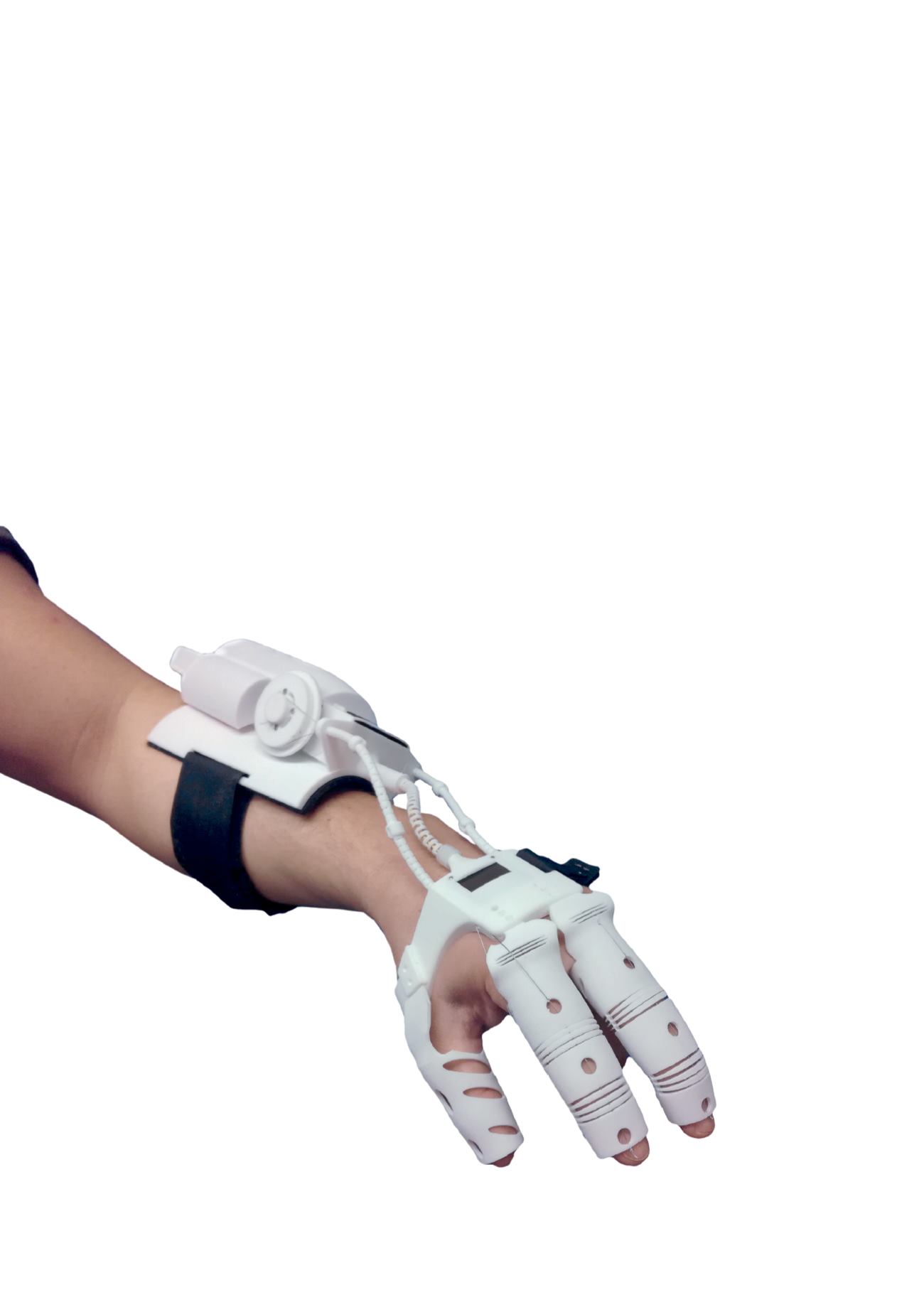

191
Micro Technology and Medical Device Technology
Computational design and rapid manufacturing of certified devices, mechanisms and robots
■
The focus of the Institute of Micro Technology and Medical Device Technology is to accelerate the
process of developing ideas into products. In research and science, the time required for implemen-
tation is a significant factor for success. Therefore, rapid prototyping and rapid manufacturing tech-
nologies are part of our main research interest. We are systematically developing and analyzing new
rapid technologies, as well as applying them in the areas of precision engineering, micro technology
and medical device technology. We are systematically validating our research devices to achieve
reliable scientific results. In the area of medical technology, we develop according to ISO 13485,
certify our devices according to MDD/FDA and perform clinical studies according to ISO 14155.
Most additive manufacturing processes today are based
on polymeric building materials. Despite their superior
properties, metals are a far less common building material
for three dimensional printing (3DP). Although there are
commercial processes for the additive manufacturing of
metallic products, the high equipment costs impede their
widespread adoption. Therefore a novel 3DP process
based on the direct deposition of droplets of molten alu-
minum was developed in a joint DFG-funded (LU604/42)
research project in cooperation with the Chair of Metal
Forming and Casting (utg).
In this project, a pneumatically actuated droplet generator
is used to generate droplets of molten aluminum alloys at
temperatures of up to 750 °C. The droplets are deposited
on a heated build platform which is mounted on a com-
puter controlled translation stage situated in an inert gas
atmosphere. This setup allows for the cost effective 3DP
of aluminum parts without any intermediate steps.
Patient individual hand rehabilitation robot
considering high anthropometric variances
in finger anatomy (MiMed)
Patient Individual Hand Rehabilitation Robot
A frequent consequence of stroke is limited hand function. As there are high
anthropometric variances in hand and finger anatomy, a patient individual
hand rehabilitation robot was developed. The individual design ensures
an ergonomic interface which allows longtime wearing of the device.
In order to provide cost-effective production, we propose an auto-
mated design process. The individual fingers are manufactured
monolithically using the selective laser sintering of poly-
amide. The fingers are moved by wires, connected via
Bowden cables to a servo motor. The device presented
is portable and can be used for repetitive train-
ing as well as for grasping things.



















